
Prisma Polygon Nikon
Prism. Prism is a three-dimensional solid object in which the two ends are identical. It is the combination of the flat faces, identical bases and equal cross-sections. The faces of the prism are parallelograms or rectangles without the bases. And the bases of the prism could be triangle, square, rectangle or any n-sided polygon.

How To Calculate The Volume Of A Prism Engineering Discoveries
3D Shapes Prisms . A prism is a polyhedron for which the top and bottom faces (known as the bases) are congruent polygons, and all other faces (known as the lateral faces) are rectangles.(Technically, when the sides are rectangles, the shape is known as a right prism, indicating that the lateral faces meet the sides of the base at right angles.
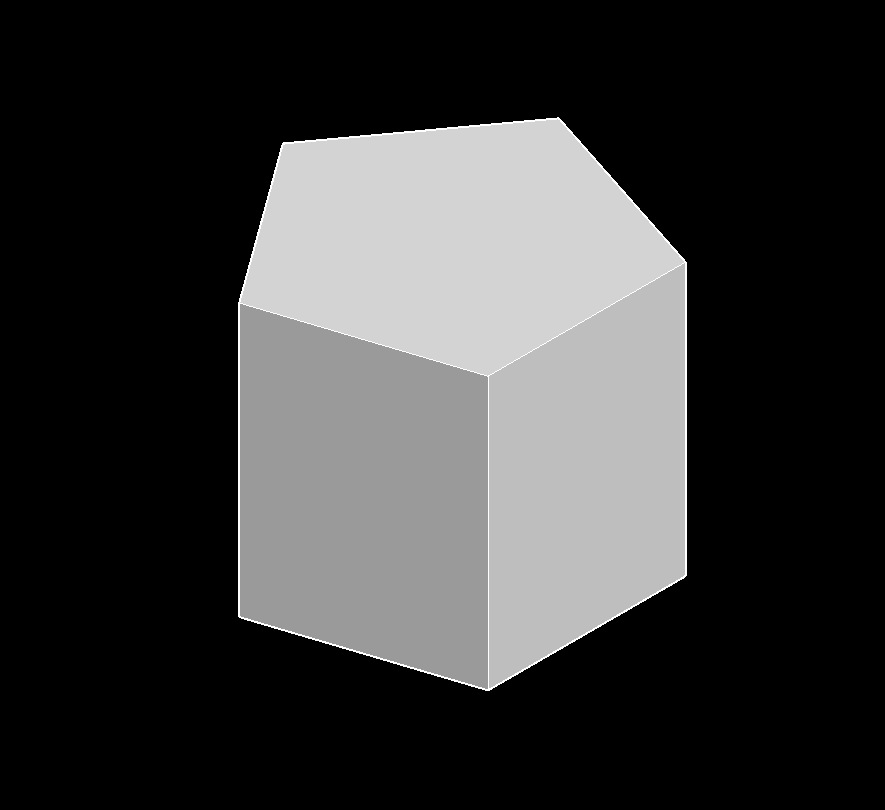
Right Pentagonal Prism
A prism is a three-dimensional solid figure with two parallel faces, called bases, that are congruent polygons, and lateral flat faces which are rectangles in a right prism, and are parallelograms in an oblique prism. Prisms are also called polyhedra since their faces are polygons. The bases are parallel and congruent.
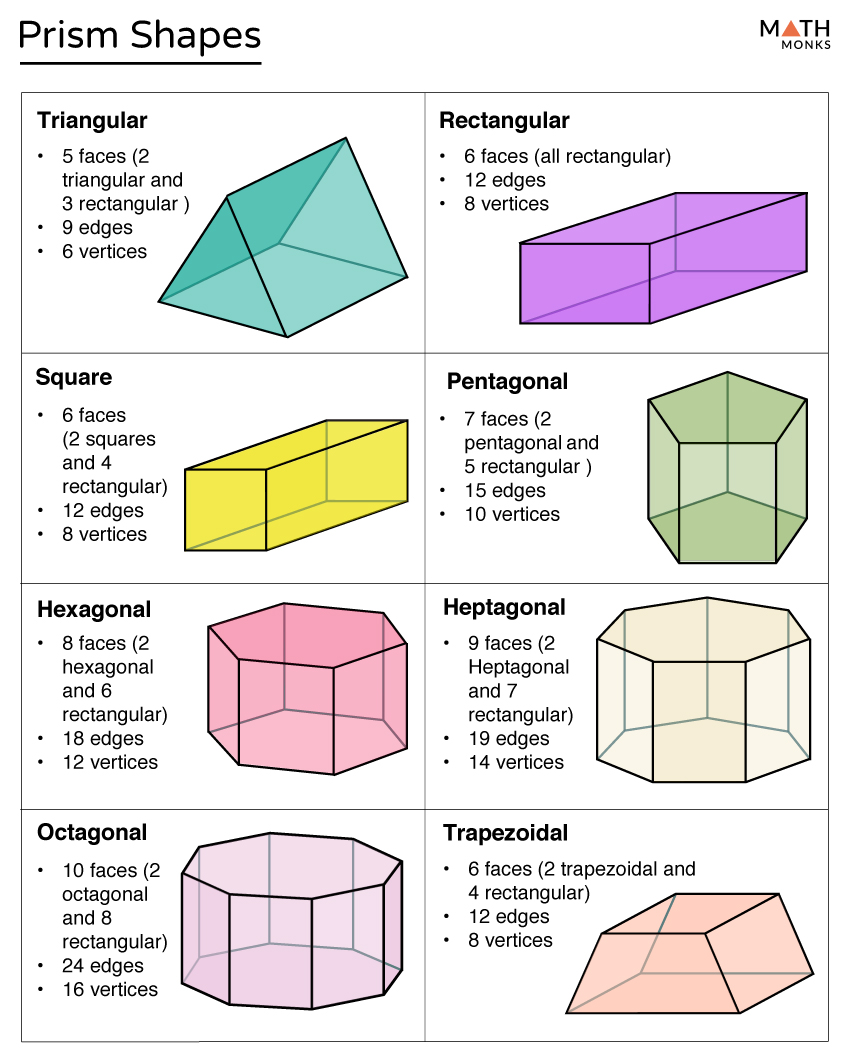
Prism Definition, Shape, Types, Formulas, Examples & Diagrams
In geometry, a prism is a polyhedron comprising an n-sided polygon base, a second base which is a translated copy of the first, and n other faces, necessarily all parallelograms, joining corresponding sides of the two bases. All cross-sections parallel to the bases are translations of the bases.

Prism Definition Cuemath
A polyhedron is a geometric solid bounded by polygons. The plural of polyhedron is polyhedra. The boundary polygons of a polyhedron are called its faces. A common side of two adjacent faces is called an edge of the polyhedron. When several faces meet at their common vertex, they form a polyhedral angle, and the vertex of the angle is called a.

Prisma Polygon + Box Dunia Survei
In geometry, a prism is a polyhedron comprising an n-sided polygon base, a second base which is a translated copy (rigidly moved without rotation) of the first, and n other faces, necessarily all parallelograms, joining corresponding sides of the two bases. All cross-sections parallel to the bases are translations of the bases.
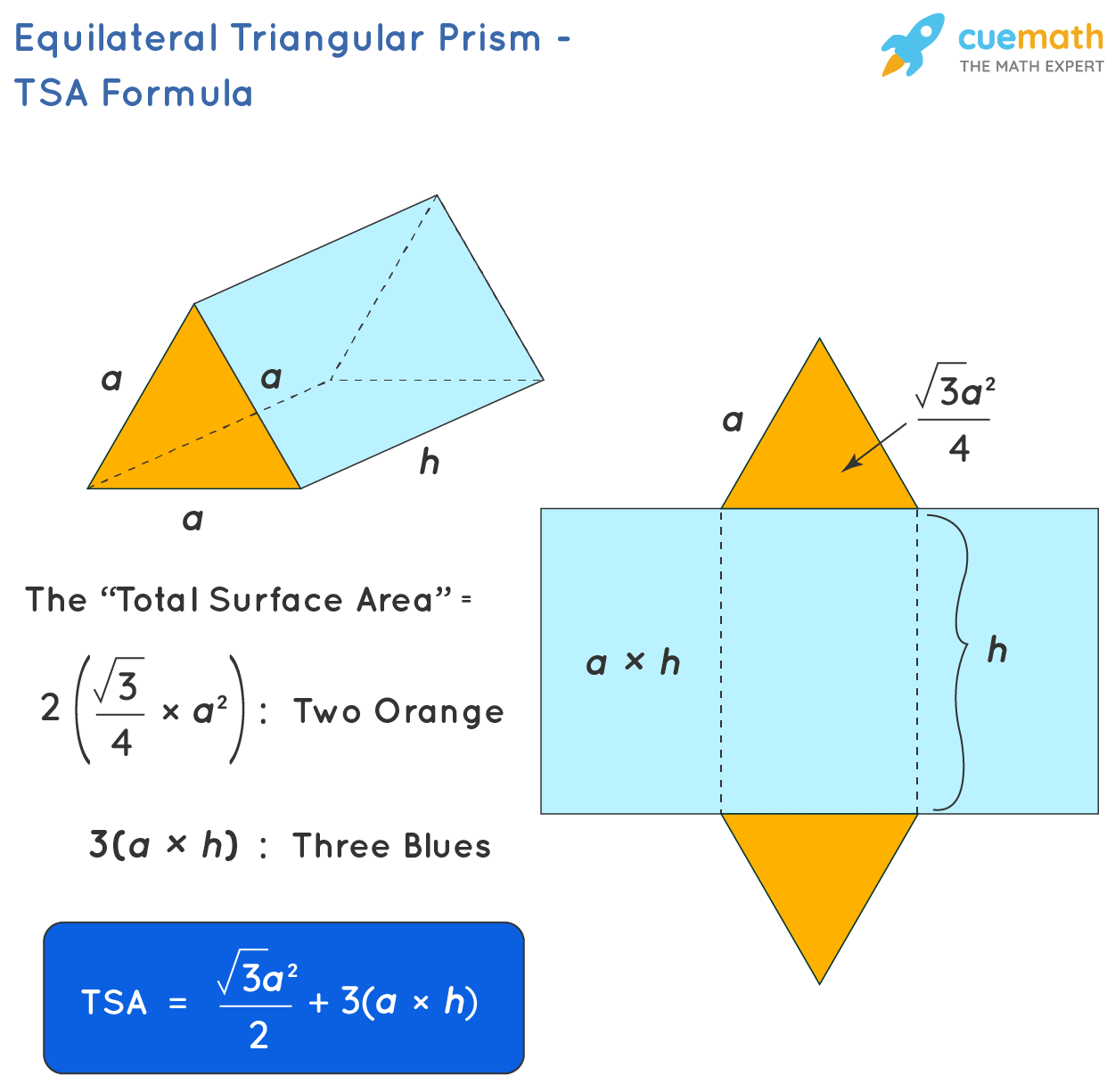
Surface area of a triangular prism tewscenters
Three main features of prisms are: faces, vertices and edges: Face - a closed, flat surface. Edge - connects two faces. . vertices) - a point where three or more edges meet. You can label the vertices (corners) of a prism to identify certain edges or faces. Below is an example of a triangular prism where the letters vertices of the prism.

Geometrisches geometrisches geometrisches Polygon des Prismas, Form
The prism is a solid object enclosed by two parallel planar polygonal bases and a lateral prismatic surface. Cube is a prism while cylinder can be considered a prism with infinite number of lateral faces. With a polygonal base, having n sides/vertices, the number of faces, edges and vertices (NF, NE, NV respectively) is given by the formulas:

Volume Of A Triangular PrismExplanation & Examples Cuemath
A prism is a pair of congruent polygons in parallel planes and the collection of all the points between them.. We'll use prism-like figure to mean any figure that is like a prism, except that the base can be any 2D shape. The most common prism-like figure is a cylinder. A prism-like figure where the two bases are quarter circles. It has two.

prism noun Definition, pictures, pronunciation and usage notes
Prism. A prism is a space figure with two parallel bases that are polygons of the same size and shape. All other faces of a prism are rectangles, squares, or parallelograms.The following are a few examples: Properties of a prism. The two parallel and congruent faces of a prism are called bases.
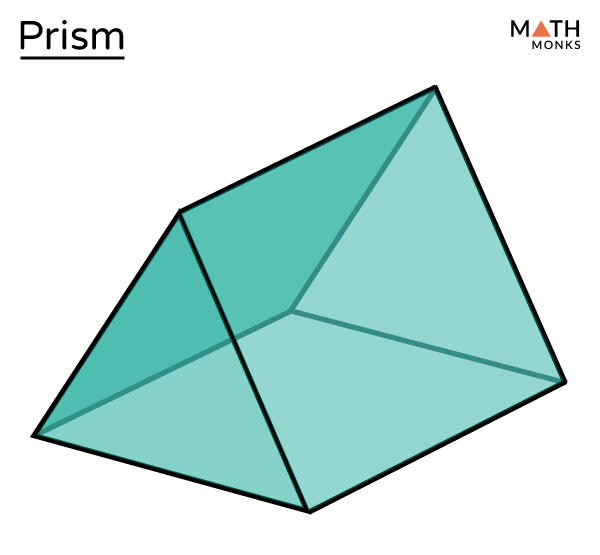
Prism Definition, Shape, Types, Formulas, Examples & Diagrams
Face: It is a closed, flat surface surrounded by vertices and edges. Cross Sections of a Prism The cross section of a prism is the shape obtained when a plane intersects a prism along its axis. Based on the shape of the base, prisms can be categorized into the following: Triangular prism: The base of the prism is triangular in shape.

Prisma Polygon Sokkia Distributor Sokkia Indonesia
A prism is a member of the polyhedron family consisting of two identical and parallel polygonal bases. The bases are connected by flat faces forming a uniform cross-section. In general, a prism refers to a transparent solid used to refract or scatter a beam of white light. It is a commonly used instrument in physics. Parts
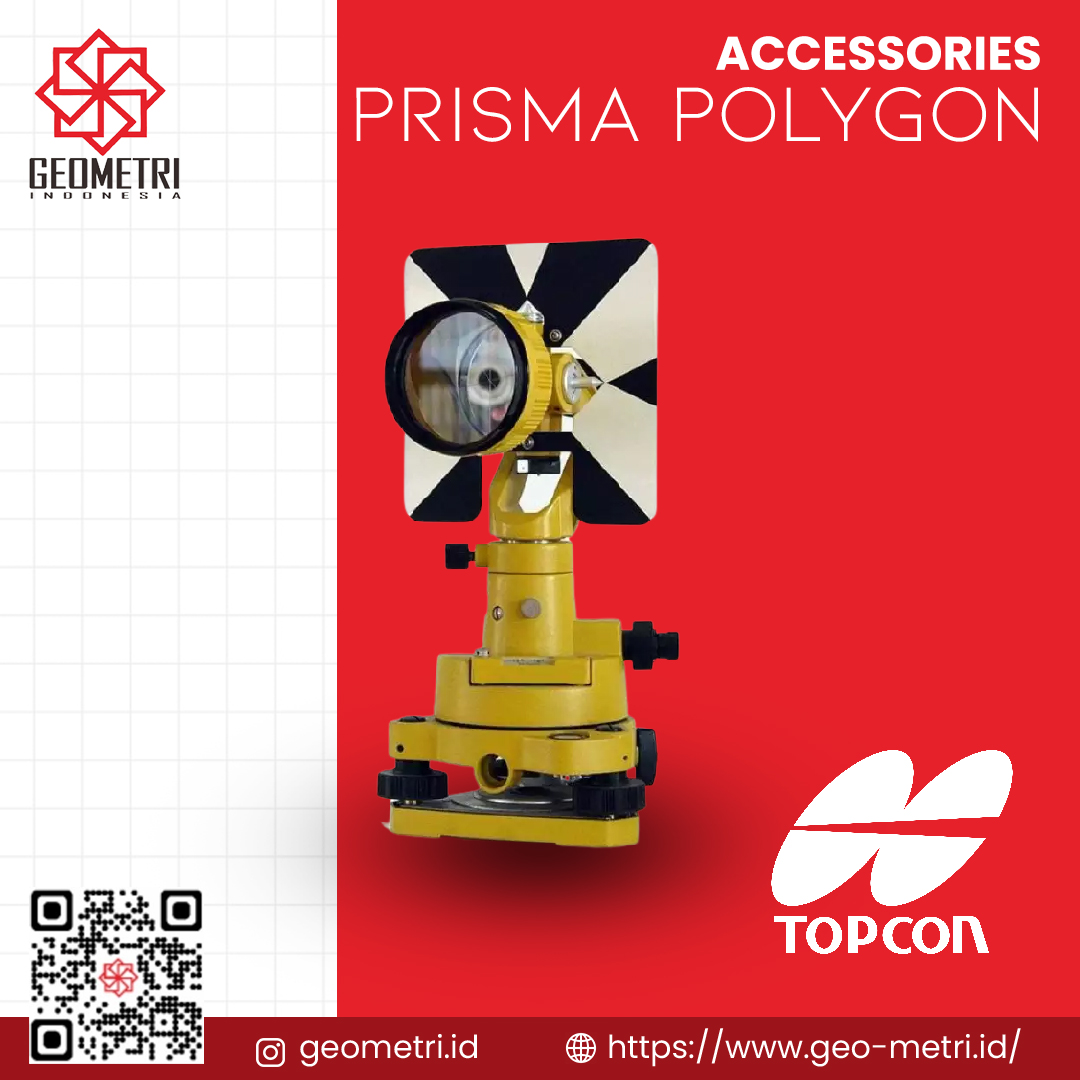
Prisma Polygon Topcon GEO METRI INDONESIA
And this is why: The stack can lean over, but still has the same volume More About The Side Faces. The side faces of a prism are parallelograms (4-sided shape with opposites sides parallel). A prism can lean to one side, making it an oblique prism, but the two ends are still parallel, and the side faces are still parallelograms!. But if the two ends are not parallel it is not a prism.

Prisma Polygon Nikon Toko Alat Survey Indosurta Surabaya
Prism Download Wolfram Notebook A general prism is a polyhedron possessing two congruent polygonal faces and with all remaining faces parallelograms (Kern and Bland 1948, p. 28; left figure).
/prism-56a131b05f9b58b7d0bcef2b.png)
Surface Area and Volume Formulas of 3D Shapes
In geometry, a prism is a polyhedron comprising an n-sided polygon base, a second base which is a translated copy (rigidly moved without rotation) of the first, and n other faces, necessarily all parallelograms, joining corresponding sides of the two bases. All cross-sections parallel to the bases are translations of the bases.

Fgv Um Prisma De Base Triangular EDUCA
Prism (geometry) A prism is a three-dimensional shape, which is made of two polygons at each of its two ends. Each pair of polygon sides on the same axis will have a quadrilateral (four-sided shape) face between them. There are an infinite number of different prisms, which can be based on a polygon with any number of sides.